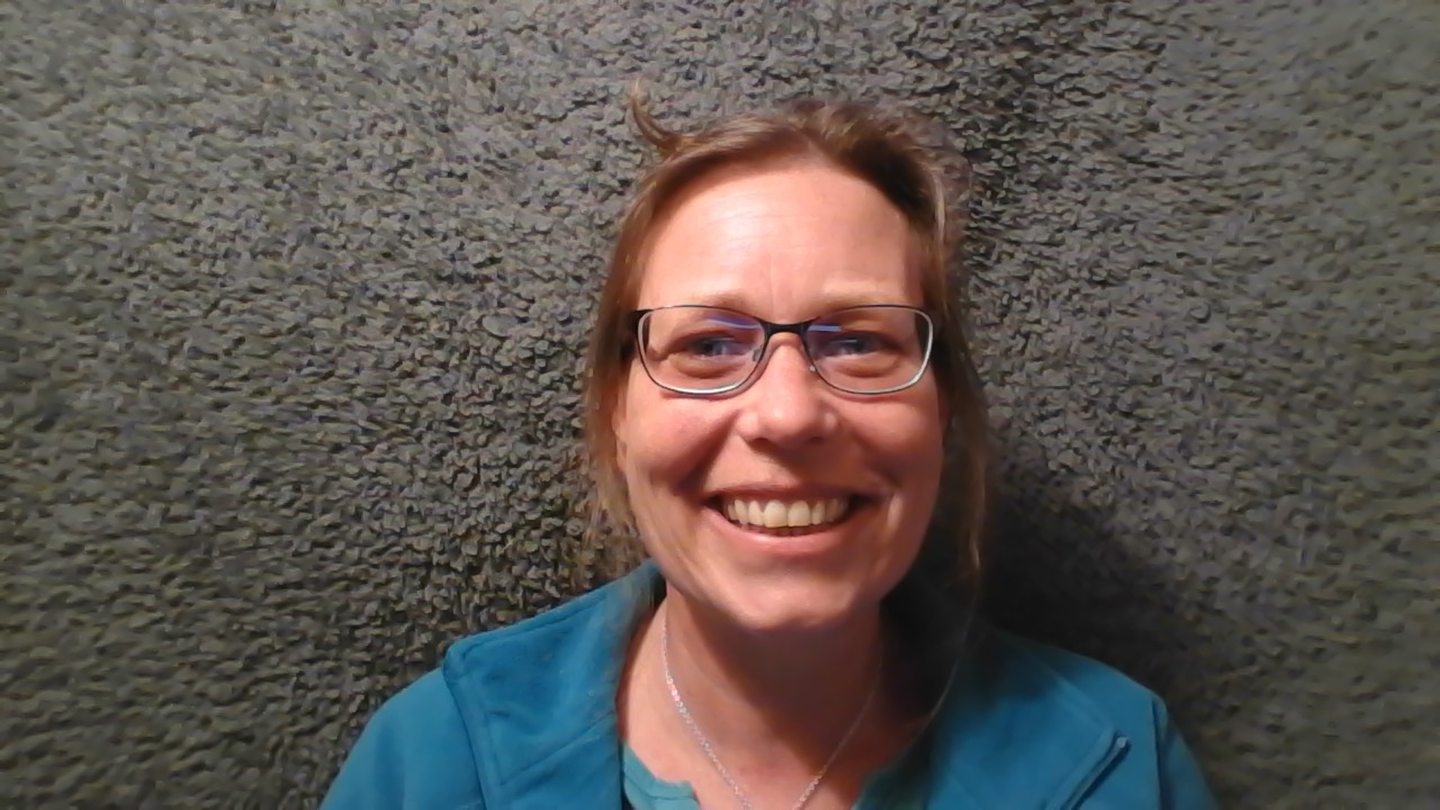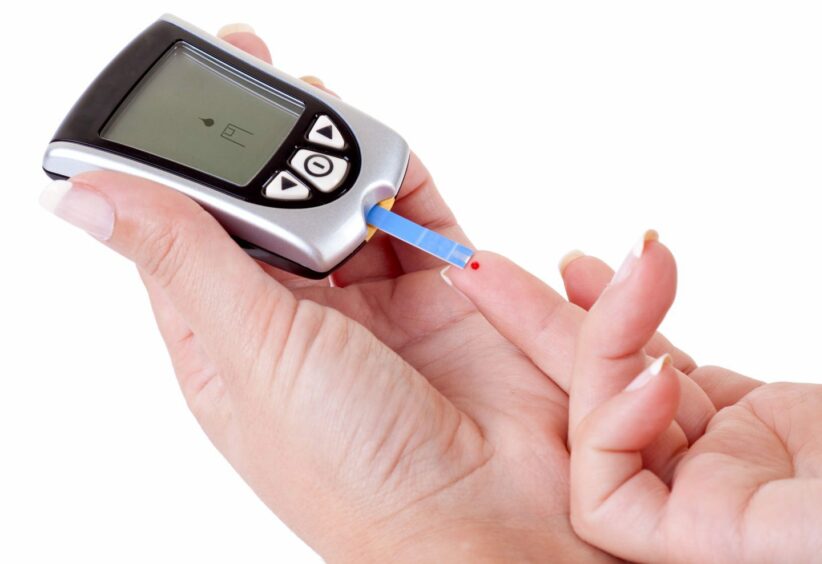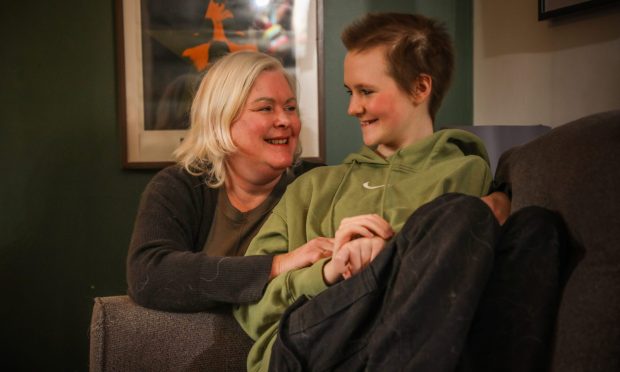People across Tayside and Fife could be living with undiagnosed diabetes – as new estimates reveal 250,000 middle-aged adults have type 2 diabetes and are unaware of it.
As you get older, it can be common to feel more tired or go to the toilet more often, so most people with those symptoms wouldn’t rush to the GP.
But, as well as being something that often happens in middle age, tiredness and needing to wee more are two of the most common signs of diabetes.
There are around 850,000 undiagnosed people of all ages in the UK, according to Diabetes UK. And a quarter of a million of those are middle-aged adults.
But what are the signs and symptoms to look out for?
Esther Walden, senior clinical advisor at Diabetes UK warns: “About 90% of people with diabetes have type 2, and spotting the warning signs can be difficult as they’re often subtle, and many people don’t notice any symptoms at all.
“People put their symptoms down to other things because they’re not very specific – and are difficult to notice in busy lives.
“And this means some people can live for up to 10 years with the condition before being diagnosed.”
What are the 6 red flag symptoms?
Diabetes occurs when the body doesn’t produce any insulin (type 1), or it doesn’t produce enough/it’s ineffective (type 2).
Insulin, a hormone produced in the pancreas, helps glucose enter cells to give us energy, and without enough of it, or if it’s not working properly, glucose levels in the blood can become too high.
This can cause chronic issues over a long period of time, such as serious damage to blood vessels, which can lead to nerve damage and loss of feeling in parts of the body, and further complications including heart, eye and kidney problems.
1. Urinating more
Weeing a lot, especially at night, can be a sign of diabetes, and Esther says: “The sugar builds up in the blood rather than getting into the cells, and the kidneys work overtime to get rid of the excess sugar in the blood, so you go for a wee more often.
“It doesn’t happen more at night, but people notice it more at night because they might not usually get up to go for a wee. And it’s not like having a urine infection where you can only squeeze out a little dribble, you’ll need to go for a full wee.”
2. Feeling thirsty
When there’s too much sugar in the blood, cells give the blood more water to try to dilute the sugar in it, so that leaves the cells dehydrated.
Because the cells are dehydrated, they send a chemical signal telling your body you’re thirsty, so people drink much more.”
3. Tiredness
Feeling more tired than usual is often a sign of diabetes, and Esther explains: “When you have type 2 diabetes, your body can’t get enough glucose into your cells for energy, so a common symptom is feeling very tired.
“It’s overwhelming tiredness – people report things like falling asleep in the afternoon when they wouldn’t normally, for example.”
4. Losing weight
Esther explains: “We normally store excess sugar as fat, and the body’s working harder because it’s not got the sugar into the cells, and it still needs energy, so it accesses energy by breaking down fat cells, which means people lose weight.”
5. Genital itching or thrush
Genital itching can occur when someone has type 2 diabetes because sugar is being passed in urine.
“This creates a really nice environment for bacteria to grow,” says Esther. “So we’re more prone to infections, particularly urine infections. Bacteria like the sugar.”
6. Wounds taking longer to heal
The reason cuts and wounds take longer to heal is similar.
“When you’ve got a wound, you need extra energy to deal with the problem, but because the body lacks energy, nutrients aren’t getting to the right areas as well as they should, and the environment is ripe for bacteria because they’re feeding well and multiplying.”
- If you have any of these symptoms, you should contact your GP urgently.













Conversation